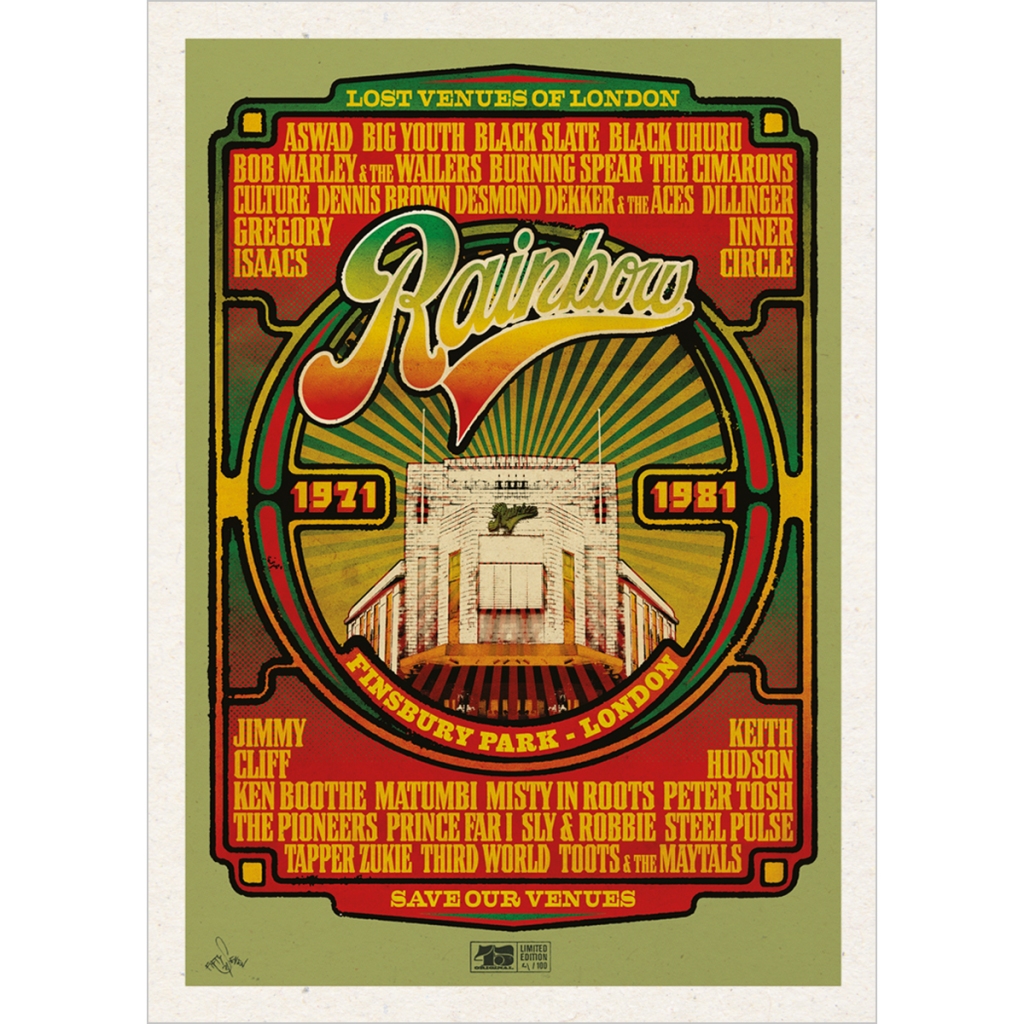
Last week I made a very rainy trip to Bedminster in Bristol to visit Frankenstein Press. Having been at art college in Bristol over 25 years ago, trudging up North Street in the winter drizzle felt very much a walk down memory lane. While much was the same, a few shops and cafes had been spruced up, and there was certainly nothing as exciting as this little place in my day.
Opened in 2023 by artists Anna Ruiz and Cristian Zuzunaga, Frankenstein Press is a printmaking studio specialising in traditional printmaking techniques and creative workshops. At the heart of the studio stands an old French etching press dating back to the late 1800s. Over the last 10 years, the press has followed the couple on a transformative journey across various destinations – from Barcelona to the idyllic Catalan countryside, and ultimately to the vibrant cities of London and Bristol. During the move from Spain to London, a technician who reassembled the press noticed its unique characteristics. During its lifetime it had undergone several modifications and acquired additional parts, leading him to call it a “Frankenstein press.” And so the name was born.


In an age of instant gratification, dominated by rapid technological advancement, social media and the rise of artificial intelligence, places like Frankenstein Press provide a counter-balance to the pervasive influence of digital technologies. Here you can experience analogue creative techniques and craft by hand, taking time to work at a slower-pace, while nurturing genuine human connections. The studio promotes a range of creative workshops including lino cut, wood engraving and bookbinding, where you can develop new skills and make new friends.
Anna Ruiz leads the linocut sessions. A form of relief printing, the process involves sculpting an image into a smooth linoluem surface, which is then inked and run through the press. Her own work takes inspiration from mythology and spiritual symbolism. Having sold out of all our blue editions of Anna’s Swimming Girl, I came away from my visit with the new gold version. The print is based upon the Greek goddess Amphitrite, goddess of the sea and wife of Poseidon. Amphitrite and her sisters had the power to calm rough waters and provide sailors with safe passage through a storm.

















































